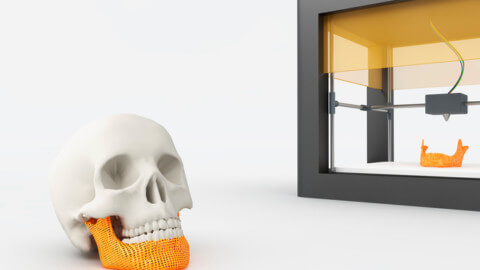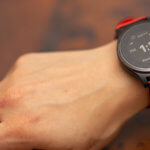Ultrasound @ home
Nowadays, many companies are focusing on point-of-care devices and are trying to bring diagnostics to our doorstep. Instead, these companies are competing with each other by making their products more innovative to sustain in the market. One of such innovation is the use of ultrasound at the point of care devices just like our PHILIPS LUMINIFY.
What’s new?
The implementation of ultrasound technology dates back to more than two decades. Many changes have been done on these devices. They have been reduced from 500 pounds to a handheld smartphone device. Exciting right..! Philips also brought many changes in its device.
- Bringing technology to mobile users. This is the most innovated modification bought by the company. Just download the app, connect the transducer and start scanning. This is very simple and does not need highly skilled professional.
- Storage and sharing. The information can be stored in a cloud-based storage and allows users to share images, videos, and notes to patients and colleagues.
- Real-time updates. As this is an upcoming technology, they will surely make many modifications in the app. So, to stay connected with those features, the update must be done.
- Provides support. Luminify is trying to develop an online support portal for providing training for the people using it, and also users can access to its exceptional customer service.
- HIPAA compliance and data encryption. The product is compatible with the data security systems and latest encryption, and the patient’s information is highly secured.
| Recommended for you | |
| A wearable MRI | |
| Google’s smart lenses | |
| Future possibilities of mobile health in African context |
Is there a use of mobile health in a rural area?
As the ultrasound technology is developed from bats and sperm whales, it uses majorly three devices. First one is the transducer to capture and emit echoes of sound waves. The second one is a computer to process this data, and the last one is a monitor to display the result. All of this equipment weights about 500 pounds and ‘s hard to move from one place to another. Especially, in rural areas, it will become too hard. Then, how can people living in such areas experience these type of diagnostics..? Don’t worry. Philips brought ultrasound app, which can be installed on your smart device and is connected to a transducer via USB. Now start scanning and view the results. It is effortless and portable. Many companies are focusing on mobile health due to its compatibility to access in rural areas. So, people living in the countryside are safe.
Application fields of Philips Luminify
Philips Luminify is an ultrasound technology in which sound waves are used for diagnosis. As these sound waves can pass through many parts of the body, the product can be utilized for many purposes.
- Acute care
- Internal medicine
- Musculoskeletal
- Dyspnea
- Cardiac Imaging
Moreover, it can also be used to provide better training for the medical students in the field of clinical education.
Competitors
Since 1990, there has been a lot of dramatical transformation in the intended use of ultrasonic devices for diagnostics. So, Philips also stepped into it. As the technology is somewhat new, Philips also faces a lot of competition.
- Esaote, which is one of the world’s leading manufacturer of medical diagnostic systems is working on ultrasound technology.
- Horizon Health is making an ultrasound-based diagnostic device.
- Yorkshire Health Solutions is also trying to produce an ultrasound diagnostic device.
There are many other companies such as Essex ultrasound, Excell ultrasound, Diagnostic ultrasound Coventry, Diagnostic ultrasound services (Oxted), Ultrasound direct, etc.
Market size and potential
As there is competition, Luminify can stand in a better position in the healthcare market because Philips is the only company to miniaturize the ultrasound technology to handheld equipment. Also, it provides high-quality imaging, cost-effectiveness and color flow to virtually all parts of the world. Another thing is that the device had become software-centric with more controlled hardware such as a probe, etc. The device is designed for Android just like many other companies. It can be accepted because many people are using Android. But other companies are going to release this technology compatible with IOS. This is to increase their market. Also, this may stand as a problem for Philips if it is not focused on IOS in the coming future. Philips also offered a reasonable price for the product and made the entire diagnosis by monthly subscription. After all, due to the unique features (i.e., philips luminify’s ecosystem) that this product is offering, no other competitor can beat it in the present scenario.
Image Credit: https://www.usa.philips.com/c-dam/b2bhc/master/bring-own-device/S4-1%20Composed%20Footer.jpg

















